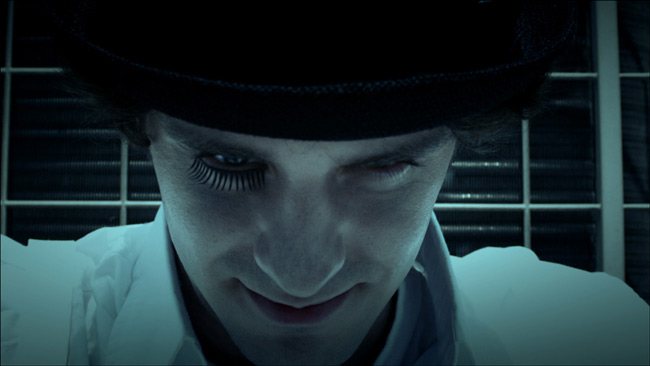CHENG RAN, "1971 - 2000", 2012, Single channel video with sound, 7 min 47 sec, Edition of 6
April 22nd through May 27th, 2012
“Cheng Ran: What Why How” is the first solo exhibition in Shanghai of Hangzhou-based Cheng Ran, a young artist critically acclaimed for his distinctive visual language and style that connects the cinema with relevant cultures of the time. The show runs from April 22nd through May 27th 2012, and will be accompanied by a catalogue and off-site projects initiated and produced by the artist.
Titled after a video Cheng Ran made in 2010, the exhibition “What Why How” premieres four latest videos produced over the past year. “What Why How”, as the artist observes, refers to both a pattern for study and the analytical thinking adopted in the stock market. Parodying the way Western films’ titles are translated into Chinese in Hong Kong, Cheng Ran transliterated this three-word term and lends it identity of a fictional male character. As the video “What Why How” examines the significance of life and belief through the protagonist repeatedly questioning and conversing with himself, the show—with a deliberate absence of this eponymous video—continues the artist’s recent probe and narrows the focus onto his philosophy of motion pictures.
For this exhibition, the ground floor gallery is transformed into a cinema with presentation of two single-channel videos that mark the centerpieces of the show. “1971-2000” (2012) opens up a box of memories of the cinematic classics that have left enormous impact on Cheng and his peers who would access contemporary cinema through second-hand resources, bootleg products and much recently the internet. Appropriating iconic elements from “A Clockwork Orange” (Stanely Kubrick, 1971) and “The Million Dollar Hotel” (Wim Wenders, 2000), the artist created a new film of a young man throwing himself off the rooftop, which however reconciles the contradicting beliefs and viewpoints in these two classics.
The other video “Angels for the Millennium (#6)” (2012) filmed an unlikely rescue in deep water. When projected upside down, the whole process—the drowning man ascends peacefully and slowly, later attended by lifeguards—only makes for a tranquil and sacred rite. Mimicking Bill Viola’s historic video installation “Five Angels for the Millennium” (2001), the work voices the response of Cheng Ran as a young Chinese artist to the parameter of video art set by Western pioneers, whose works are more read and heard about among the Chinese. The video also references the British thriller “The Prisoner” (Patrick McGoohan, 1967), in which the protagonist a secret agent named “Number Six” makes every effort of escaping the mysteriously isolated dystopian “village” he is held captive in. Confessional and redemptive, Cheng’s Angel Number Six marks the line between belief and indoctrination.
